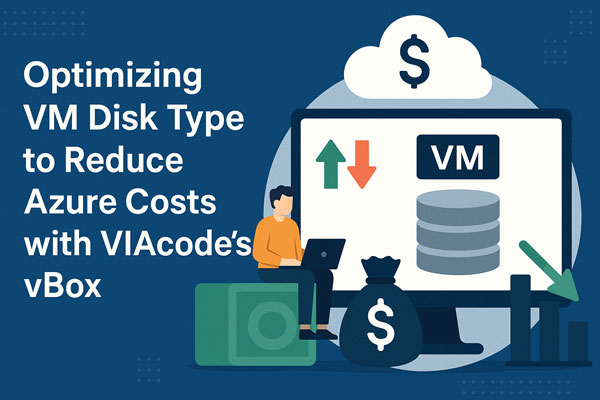We recently developed a free optimization assessment – the Azure Snapshot – that gives you recommend actions that you can implement immediately for Azure security, monitoring, and cost optimization.
Azure cost optimization is the process of assessing an organization’s infrastructure needs, the infrastructure it has deployed, and its current cloud costs. The goal is to ensure that the organization isn’t spending more on its infrastructure than necessary by aligning cloud resource use with its business needs. Well-optimized Azure cloud infrastructure deployments minimize waste, maximize utilization, and take advantage of platform features that help eliminate needless spending.
When businesses first adopt Azure, they are typically more concerned with achieving a seamless migration and avoiding service disruptions. As they become more familiar with what Azure can do for them, their reliance on Azure infrastructure and services increases. Eventually, they may find that their Azure infrastructure bills are bigger than they expected.
A cost-optimized infrastructure deployment on Azure is almost always less expensive than equivalent colocated or leased servers. However, the ease with which cloud infrastructure can be deployed and a lack of platform familiarity can lead to spiraling costs as the business uses more infrastructure, particularly when there are no processes in place to govern spending.
Azure-cost optimization involves an in-depth assessment of the infrastructure used to determine how much an organization should be spending. The assessment phase is followed by planning and the implementation of spending controls using Azure-native and third-party tools. Finally, effective infrastructure monitoring systems are deployed, providing the information an organization needs to monitor its cloud utilization and spending.
Optimizing Costs On Microsoft Azure
Azure includes several tools and plans that help businesses to understand and manage cloud infrastructure spending. They include:
- Azure Cost Management, which is based on the Cloudyn service that was acquired by Microsoft. Azure Cost Management helps businesses to analyze and manage cloud usage and costs. It can also make compute and reserved infrastructure suggestions to reduce costs.
- Right-sizing VMs. One of the key benefits of cloud infrastructure is elasticity. It can be scaled up and down to meet the needs of the user. However, many businesses face challenges with underutilization because they fail to monitor which virtual servers they have deployed and the resources that are dedicated to them.
- Reserved instances. Leveraging reserved compute resources can save businesses up to 72 percent on on-demand infrastructure prices. One of the biggest causes of cloud overspending is the failure to use reserved instances.
- Azure Hybrid Benefit. Microsoft offers several potential cost savings for Microsoft Windows Server and SQL Server license holders when they migrate to Azure through the Azure Hybrid Benefit scheme. They include reduced compute costs, the ability to use existing licenses on Azure, and extended free security updates.
The Challenges Of Azure Cost Optimization
Azure is a complex platform, and to optimize spending, it is essential to have a good understanding of the available options, how they interact, and how they can be used to reduce costs while meeting the infrastructure requirements of the business. It can be challenging for businesses without deep Azure expertise to achieve optimal cost efficiency.
VIAcode’s team of Azure infrastructure experts and developers know the platform inside and out. We can assess your infrastructure needs, create a comprehensive optimization plan, and help you save money on Azure. To get started, get a 30-second, self-service Azure health check or contact us today.


